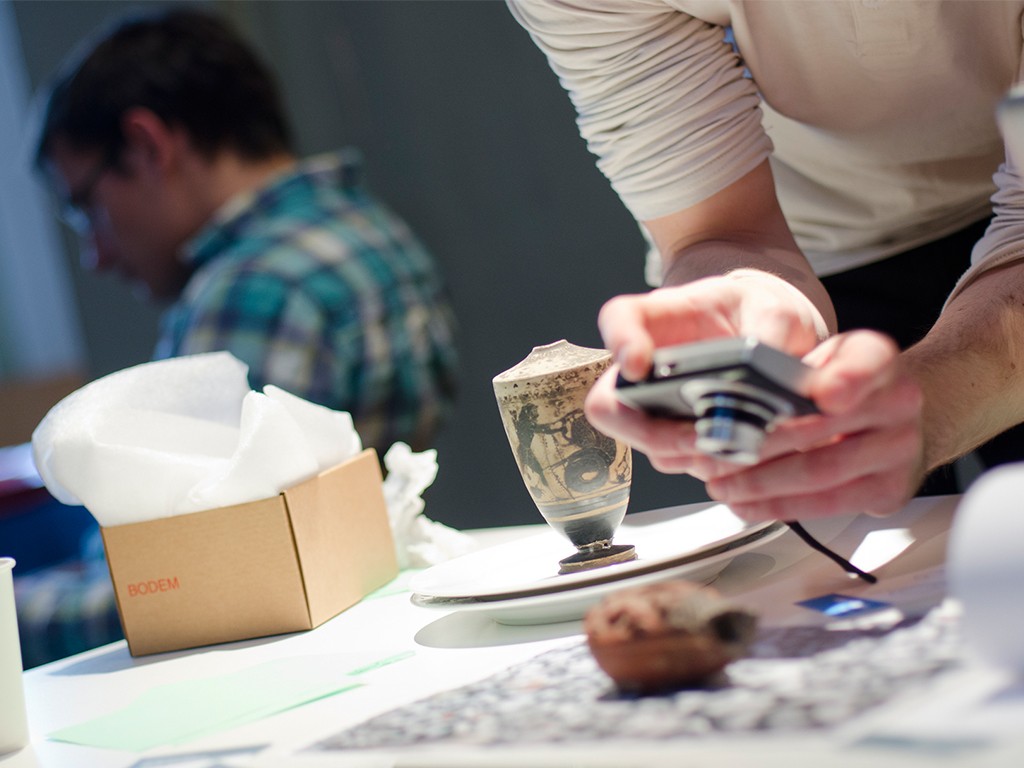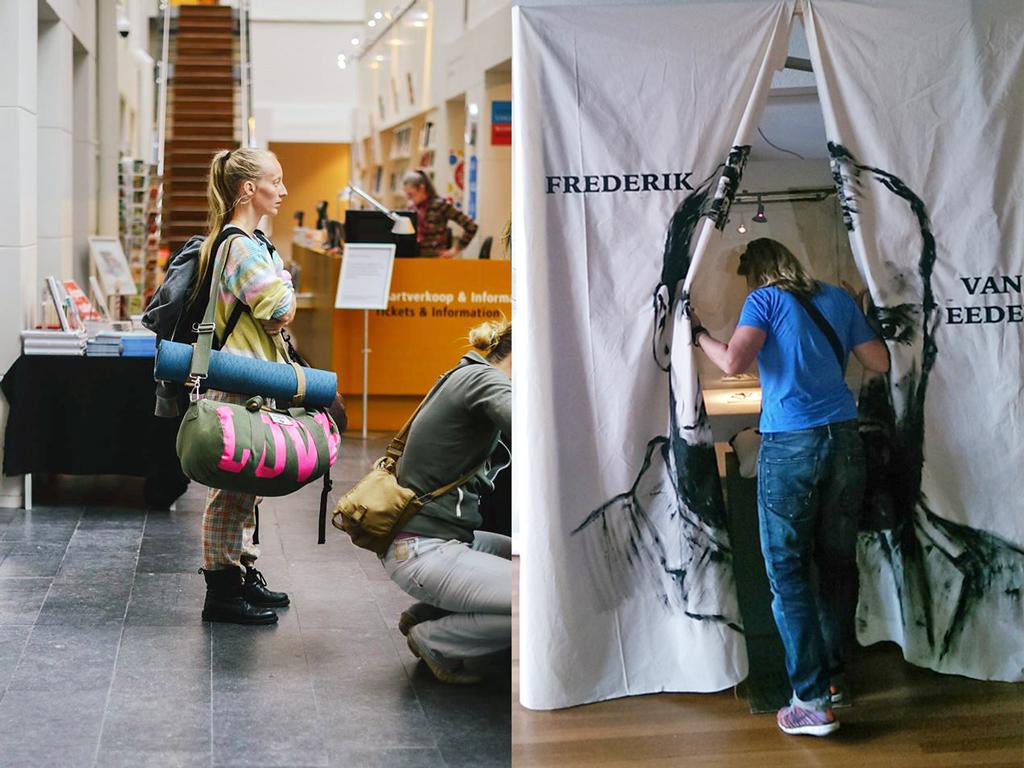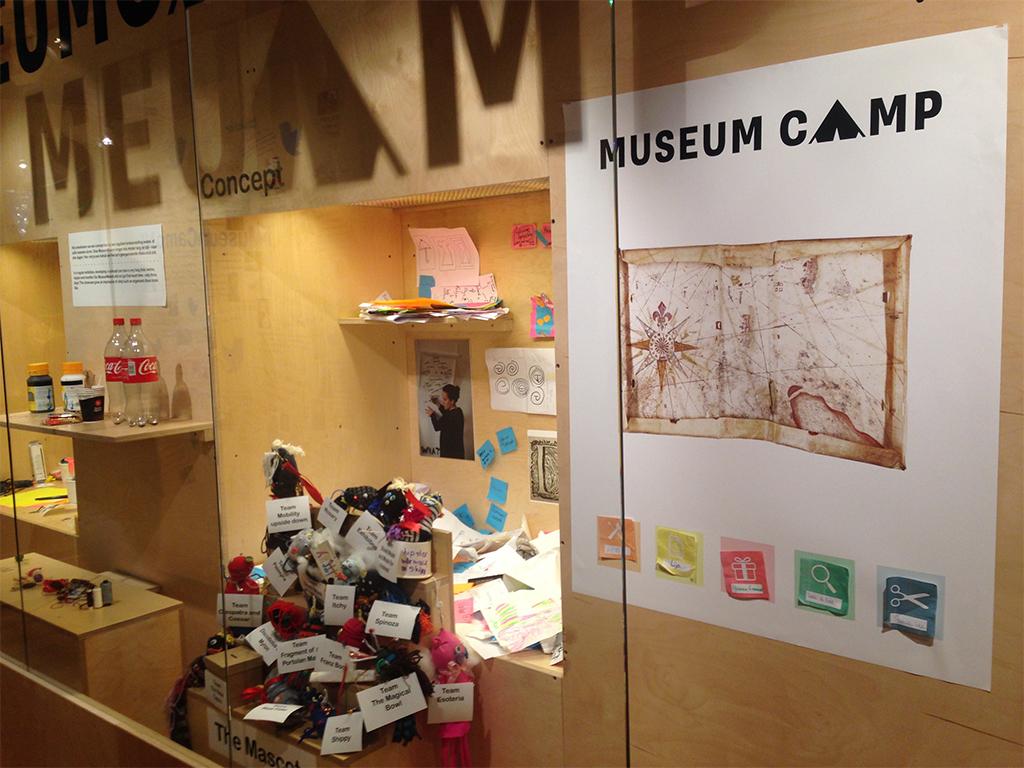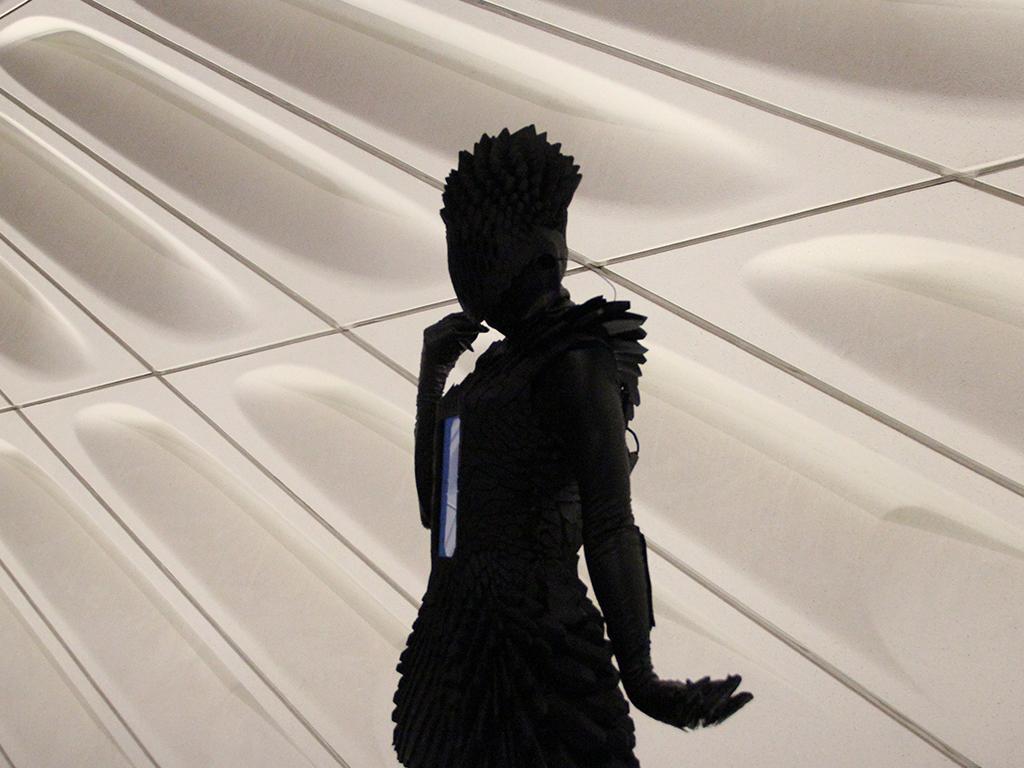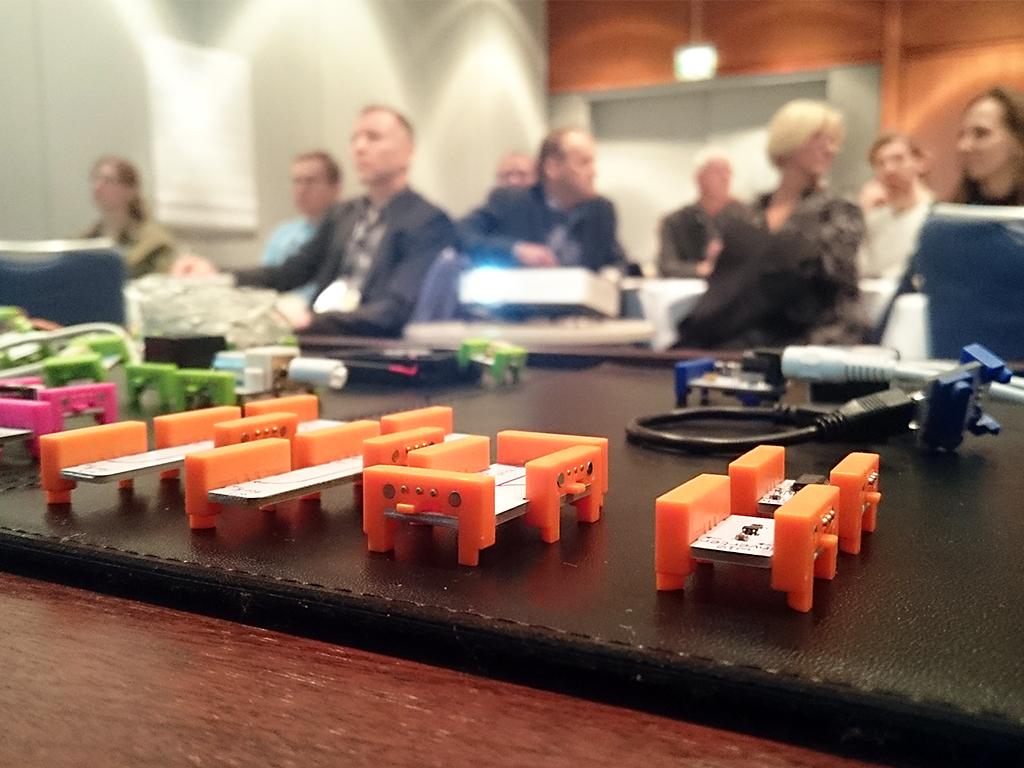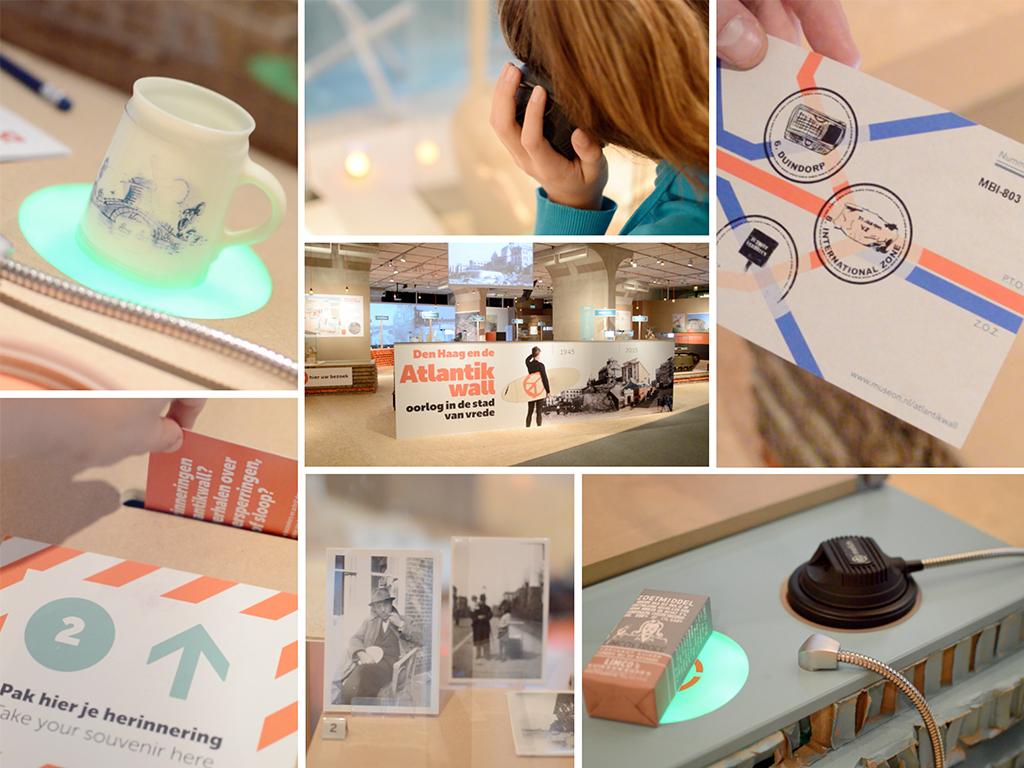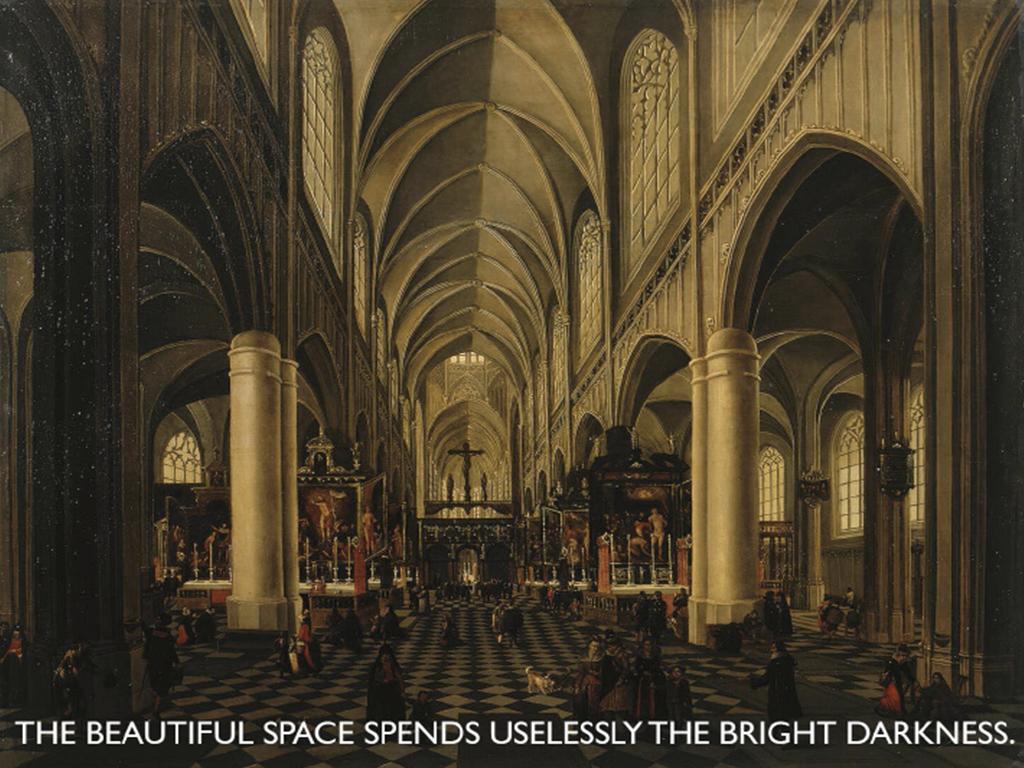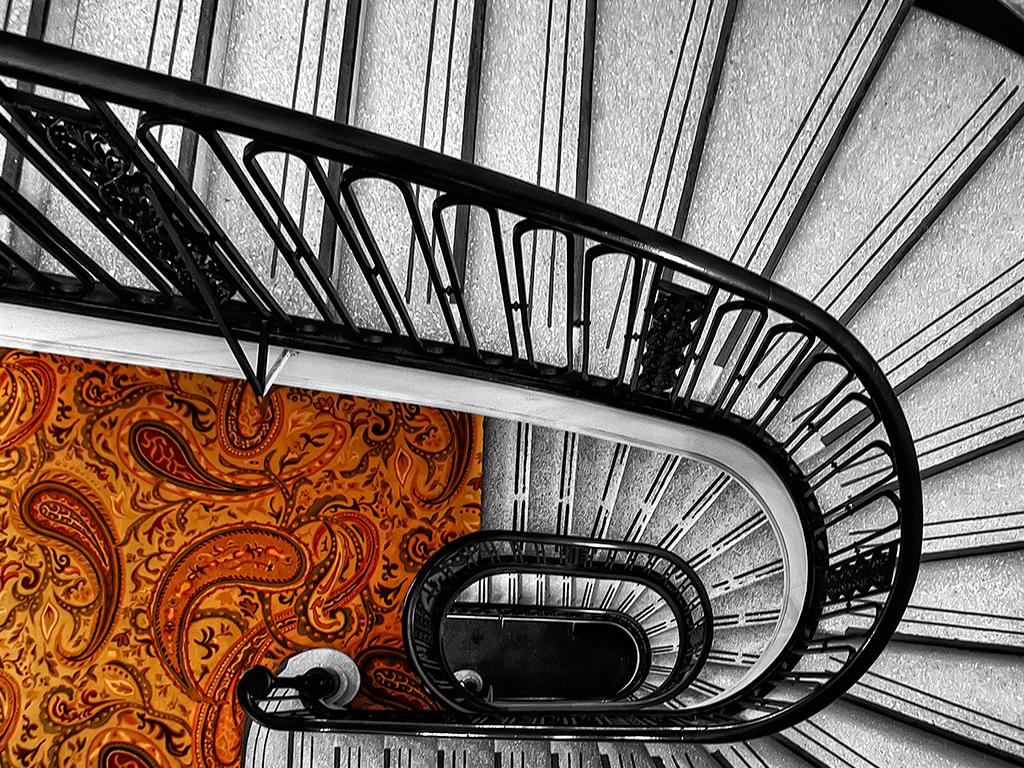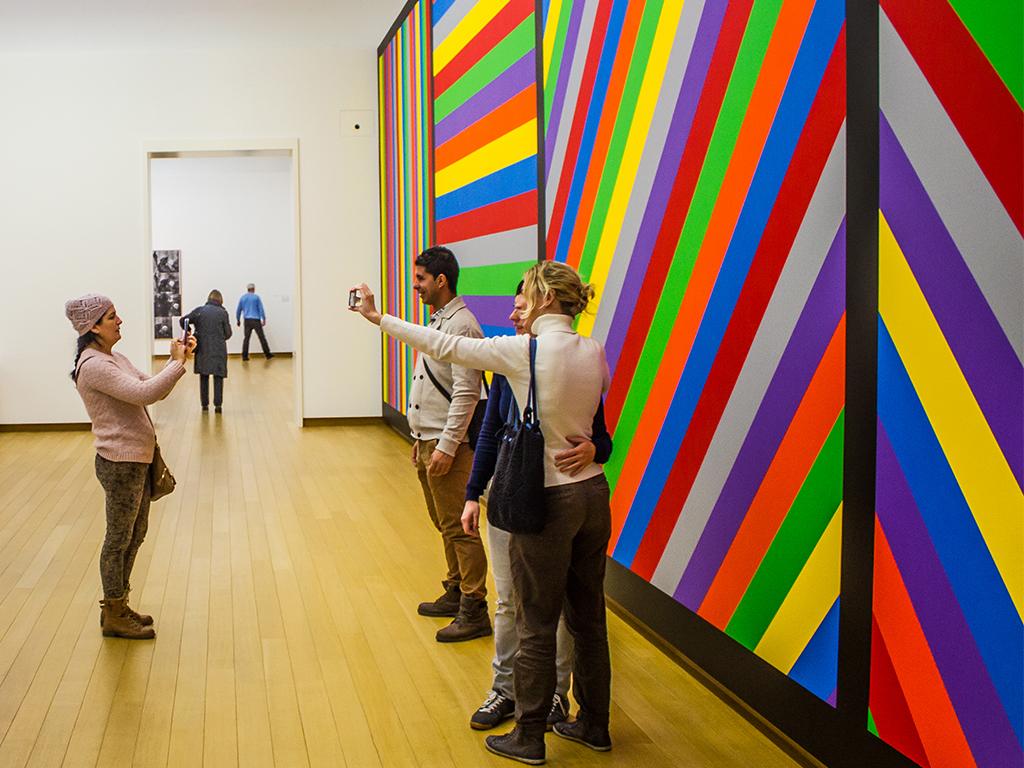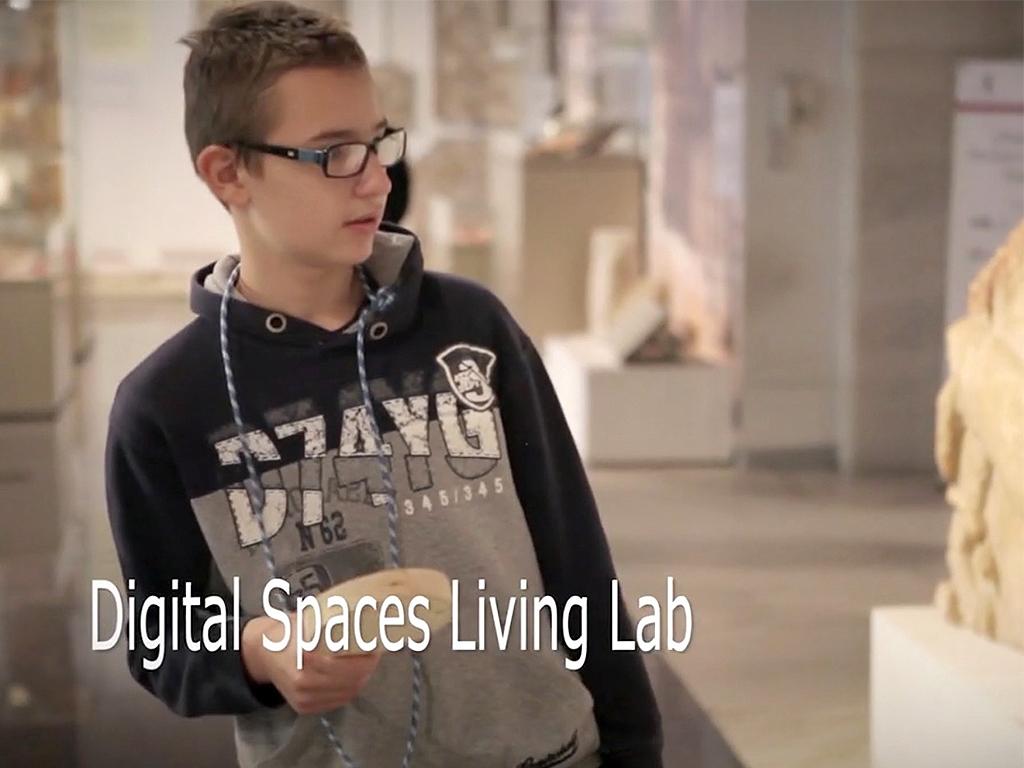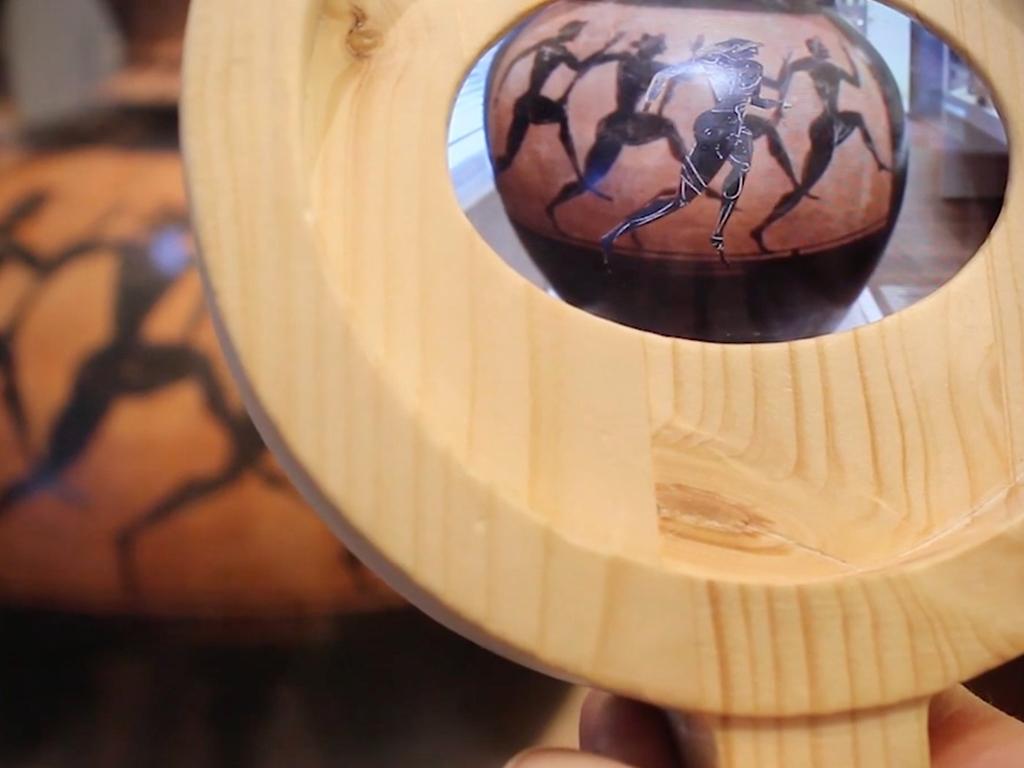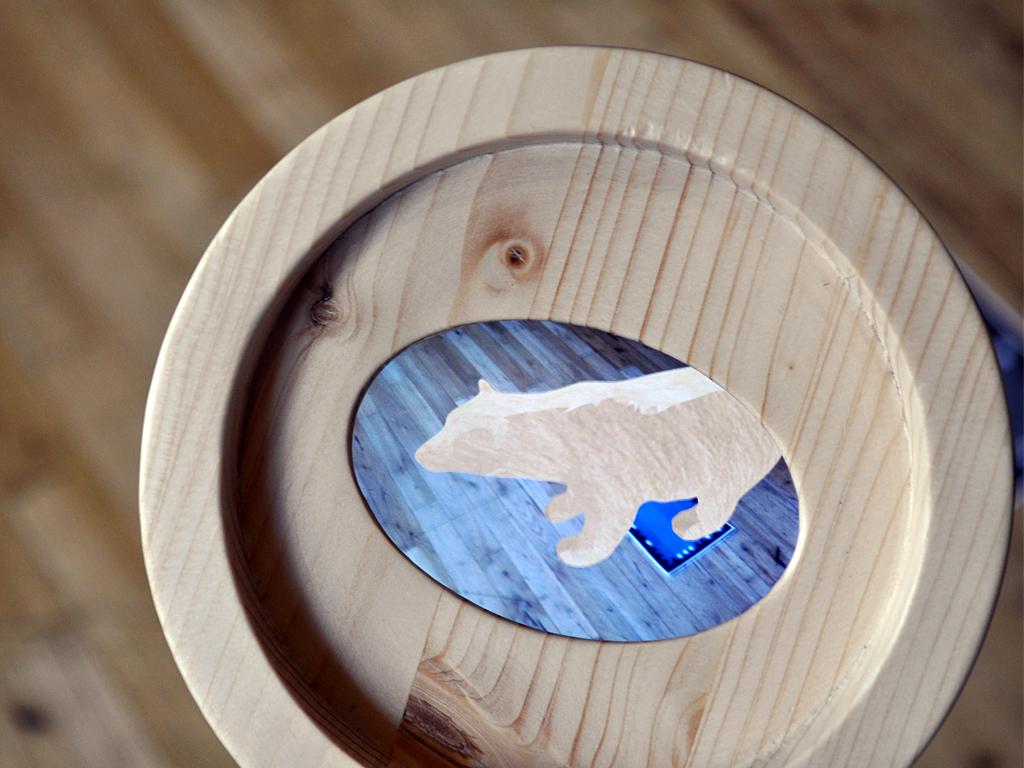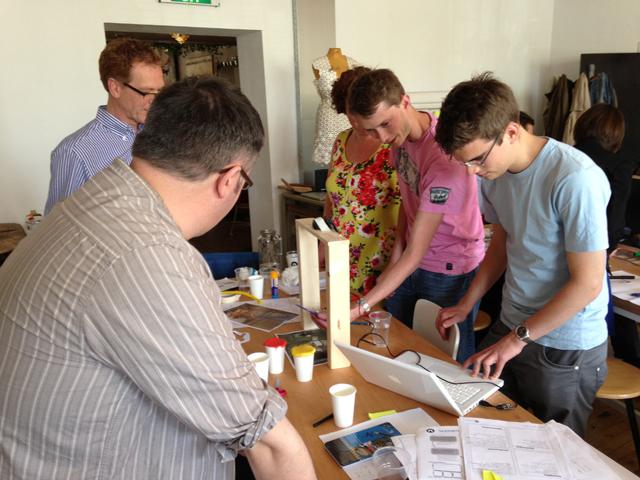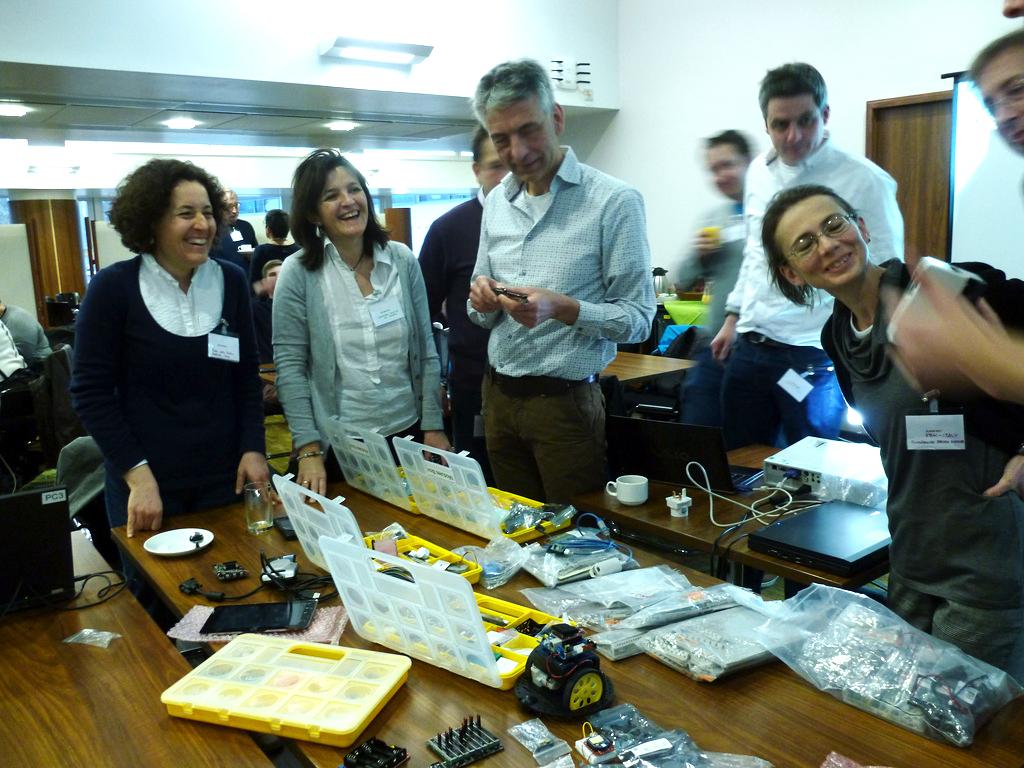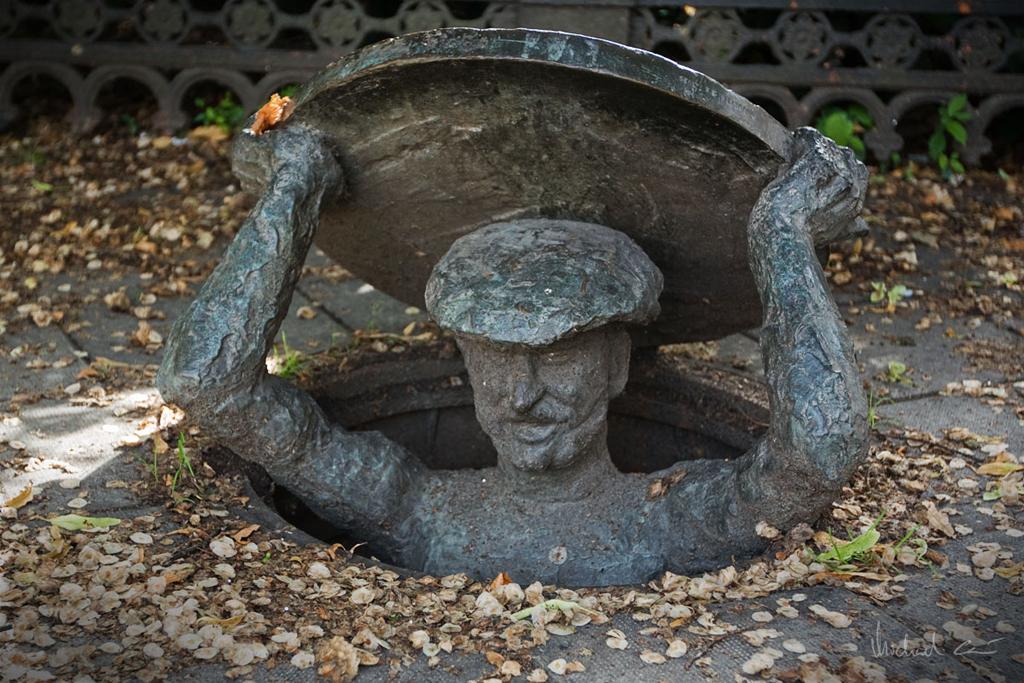The story of cultural objects
You experience the power of a beautiful or interesting museum object with your whole body, not just intellectually. Yet we are still placing information screens between the audience and the object. The project meSch (Material EncouterS with digital Cultural Heritage) explored new ways to let people hear the stories behind heritage objects directly and immediately, in this way enriching the experience of European cultural heritage.
meSch connected physical and digital heritage collections by adding digital properties and information to objects. This made physical or sensory interaction with heritage possible without a computer, tablet or phone. With MeSch, the object received a voice, so it tells us its own story.
Stories are activated by the behavior of visitors or other objects. An object with significant emotional value tells his story when the visitor touches it. Or a sensor in the boot of visitors activates a story about the war only when visitors start marching together. Thus, stories and facts become accessible through natural gestures and physical movement. The result is a multisensory, 'smart' exhibition: a new cultural experience. Next to this, we developed a toolkit with which curators can program these 'smart' exhibitions by connecting digital content to physical objects in a user-friendly way.
Method
Within this project, our co-design method was a key element: we developed and evaluated the tools and services with the public, curators, artists and designers in an iterative process. For this, three case studies were executed in various museums and exhibition spaces, so that the prototypes could be tested by visitors.
Waag added knowledge about different interaction principles to the project. Furthermore, we developed usage scenarios, we designed the interface of the toolkit and organizde workshops for curators during which the technology will be tested and implemented.
We are currently working on a cookie-free website. At this point we still have media embeds (Vimeo, Youtube, etc) in the website which place cookies. We are working on alternatives for these platforms.
Project partners: Sheffield Hallam University, University of Limerick, University of Strathclyde, eCTRL Solutions, Digitaal Erfgoed Nederland, University of Stuttgart, University Carlos III Madrid, Museo Storico Italiano della Guerra, Allard Pierson Museum, Museon, Fondazione Bruno Kessler.
Meta data
Project duration
Links
Publications
Financiers
This project has received funding from the European Union’s Seventh Framework Programme for research, technological development and demonstration under grant agreement no. 600851.
